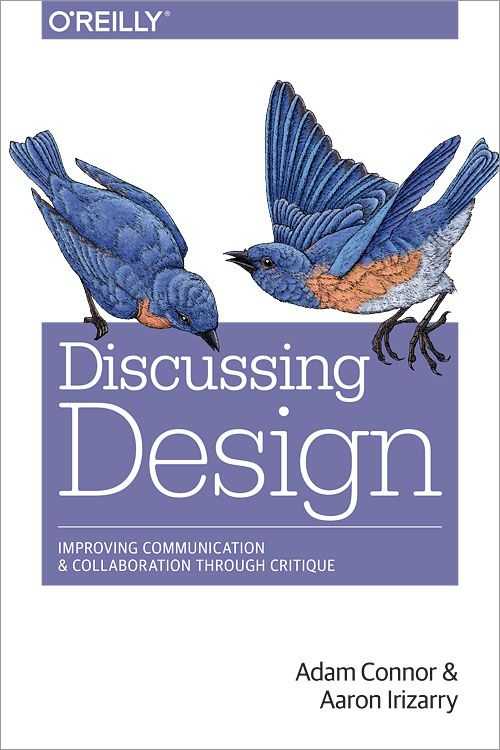20 Highlights
When feedback lacks a focus and appropriate purpose it is counterproductive and can even be harmful at times.
Critique isn’t about that instant reaction we might feel when seeing something, or about how we would change someone’s design to better solve an issue. Critique is a form of analysis that uses critical thinking to determine whether a design is expected to achieve its desired objectives (and adhere to any pertinent best practices or heuristics).
...there isn’t anything wrong with combining elements from different ideas to make a new one. The weakness here is the reasons why the elements being combined are selected.
What individuals and organizations that fall into this trap fail to realize is that when a project is tasked with making something, no matter what it is, every single team member is a part of the design process. Design doesn’t just happen in the design department.
How we ask for and collect feedback has a significant effect on which forms of feedback we receive as well as its relevancy and usefulness in helping us to improve our designs.
Critique is not the place for exploring new ideas. Its purpose is to analyze the design as it has been created so far.
Unless someone has specifically told you that they would like your feedback, it’s unwise to think your conversation is a great opportunity to share your analysis with her. If someone is telling people about her creation, it might just be to get the word out or simply that she’s excited about the project.
Good critique is actionable. When the “why” behind the feedback is included, the designer can fully understand the comment and take action.
Good critique avoids problem solving because it can detract and distract from the analytical focus of the discussion.
Critique is about analyzing something against its objectives.
Forming critique is a simple four-step process. What are the design’s objectives? What are the elements of the design related to those objectives? Are those elements effective? Why or why not?
Critique isn’t about judgment. It’s about analyzing the design so that you can improve it.
Critique is a linchpin for iteration. It lets us know how and where to iterate, keeping you on the right track to meeting the objectives of our products.
A word of caution regarding personas: stay focused on what matters and be explicit. Many teams get carried away including details that don’t matter, aren’t helpful, or aren’t explicit enough.
Personas are much more effective when used as tools to clarify understanding and as conversational shorthand for complex needs and behaviors.
Any time you’re looking to take something you’ve done or created and improve upon it, you have an opportunity for critique.
Critique’s primary utility is as an iteration driver.
Organizational hierarchy has an uncanny ability to make people feel like their perspectives and opinions carry more or less weight than others.
Wait for someone to ask about why choices were made and, if relevant, explain the constraint(s), choosing your words thoughtfully so that it doesn’t sound as though you’re blaming the constraint for a decision you wish was otherwise.
Another way to identify goals and scope is to do reverse planning. In this approach, we begin by identifying what actions you want to be able to take after the conversation. From that identification, we can think about what questions we need answered in the critique in order to take those actions.
